So far I’d had an interesting, completely random morning of exploration. I’d visited Buffalo and met some nice folks. I got the opportunity to tour a historic building – was actually pulled into it. It wasn’t the last time I’d get pulled into something this day. I still had lots to see and do.
I left Buffalo and drove over to Union, again, kind of randomly. Along the way I spotted some road names that intrigued me – Peakesville, Lukesville, and Meansville. Potential ghost towns, or just someone’s former estate? Anything with a “ville” on the end catches my attention. I made a note of the names and decided to save them for later.
As I pulled into town I decided to see if the Union County Museum was open. I had only been there once, before our trek out to Pinckneyville. That visit was rather brief, and I didn’t get a chance to explore the museum. If it was open, I’d try to correct that oversight.
As I passed the museum on Main Street, it looked like it was open, so I found a place to park in front of the county courthouse.
I went inside and was greeted by Ola Jean Kelly, director of the museum. I had met Ola Jean on my previous visit, and she remembered me. Ola told me about the financial troubles of the museum, and showed me some of the water leaks in the ceiling.
Ola Jean also showed me their latest acquisition, a hunt board table made from “pit sawed” pine.
I looked at some of the other displays in this area.
In the first room there were enlargements of historic photos from the area. There were the photos that I’ve already shared from Buffalo, as well as some from the town and surrounding areas.
There were also the displays on Pinkneyville that I had already seen, and images from Grindall Shoals.
The one item that really caught me eye, though, was an original 1847 copy of William Walker’s “Southern Harmony.” I tried not to drool too much.
I was shown the research room just before Ola Jean had to meet with someone else. I spent a bit of time, and was able to find a reference to my family’s land grant from King George in 1768.
As I was leaving, Ola Jean told me about a historic church with which I was not familiar. Mount Vernon Presbyterian was south of here off of US 176. I thought I might have to go find it. I thanked Ola Jean and headed on out.
I decided I would walk along Main Street and take some photos. There was some interesting architectural details in the building facades.
As I was walking along a woman came out of a building. I had on my RandomConnections ID badge, which she spotted. She insisted that I come inside with her and see what they were doing. How could I refuse?
Bennie Giles is the director of the Union Arts Council. This morning they were holding their “Painting with Coffee” class. They weren’t actually using coffee as a medium, but were painting as they drank coffee. I took photos of the group, as well as photos of the gallery.
I chatted with the group, and told them about my friend Chris Hagebak. Chris went to Furman with me, and after a stint as a lawyer, moved to Atlanta to make a living as an artist. His work is beautiful. Chris paints portraits of his art students and clients using coffee as the medium on watercolor paper. These were posted by Chris on his Facebook page.
I said my goodbyes to my new friends and continue my trek. I stopped by the famous train mural by the artist Blue Sky, and took other photos on the way back to my car.
Back at my car I explored a bit more. I drove out Main Street to the Monarch Mills portion of town. The textile mill here still seems to be in operation…at least for now.
I also passed by the original Union School, now in use by USC-Union.
It was time for lunch. I was wondering if the old, supposedly haunted Merridun Inn was open for lunch. I drove over to it, but it didn’t look like it was open to the public. The abandoned railroad tracks near the inn looked pretty cool, so I paused for more shots.
It was lunch time and I was hungry from my explorations. I first went to the local Hardees. The counter staff was screaming at the kitchen crew. I left. I remembered passing a barbecue place on the way from Buffalo, so I headed back that way. The parking lot for Midway BBQ was hopping, but I found a place to park.
One walks in and orders from the counter. They have meat-n-3, but I opted for a pulled pork sandwich with a couple of sides – blackeyed peas and fried okra.
For $6 including drink, it wasn’t too bad. In fact, it was quite good.
Fully satisfied, I headed on back toward town. I had noticed an old city cemetery on my way in, so I decided to check it out. For one reason or another I’ve kind of been off of cemeteries lately, but I decided to explore anyway.
A historical marker indicates that this was once the cemetery for Union Presbyterian Church, and was established in 1817. However, markers at the entrance to the cemetery, as well as the Find-a-Grave website list this as Forest Lawn Cemetery.
My guess is that the cemetery was taken over as a commercial operation after the church relinquished it. There was a mix of modern stones with the older headstones.
There were some impressive stones and at least one family plot encircled with wrought iron. I wandered among the stones, looking for unique artwork and signature stones.
Despite the fact that there were lots of very old and impressive stones, I didn’t find any of my usual suspects as far as stone carvers are concerned. I did encounter several new names. These signatures included “L & C Union”…
…and a later “L & G Union”.
I wasn’t able to find any information on either of these stone carvers. Some of the more elaborate stones were carved by a “W. A. Nicholson”, also of Union. I guess if you have local talent, why send off for a stone from Charleston or someplace else?
I was able to find a bit more on W. A. Nicholson. There was a prominent banker in Union of that name in the late 1800s. He apparently was an associate of Ben Tillman, and was one of the first appointees to the State Dispensary Board. I’m guessing this is NOT the Nicholson on the headstones, but it’s the one that kept popping up in my searches. I was able to find a couple of references to the Nicholson in question. I found an ad in an 1879 edition of The Weekly Union Times for headstones by Nicholson.
An 1886 edition of that paper has an ad for the Union Marble Works, owned by George Geddes, “successor to W. A. Nicholson.”
One other unusual stone caught my eye. It was a stone above-ground vault. However, it was in the shape of an old six-sided casket. The marker had the faint rendering of a Masonic G symbol, but was otherwise illegible. Sadly, I didn’t capture the name on the stone.
By this time the mid-day heat was getting to me. I headed back to the car and AC to cool off. I road through town, admiring the stately homes that have always attracted me to Union.
I found myself at the Union Carnegie Library. I don’t know how I’d missed this, but as far as I know I’d not visited before. The architecture was stunning.
The interior space was equally impressive. There was an odd juxtaposition as the library had set up their public computers under the stained glass windows and dome space.
Just down the road from the library was the Union Methodist Church. I had spotted their cemetery, but it didn’t seem to have much of interest to me today. Given the shape of some of the stones, I would expect to find more of W. A. Nicholson’s work. However, it was getting to be too hot to explore. The architecture of the church was impressive, though.
Up the road from the Methodist church were the Presbyterian church, and a small wood-frame Catholic church across from that. I couldn’t seem to get any shots without telephone and power lines, though.
I decided I had time to try to find the church that Ola Jean had told me about. I headed south down US 176 and found the Mount Vernon development she described. After a couple of mis-turns, I located the church. It was a wood-framed meeting house styled structure, similar to Horn Creek Baptist in Edgefield. A sign at the entrance listed its dates of activity: 1850-1991.
A marker on the building indicated that the property is under the care of First Presbyterian of Union. It looked like some restoration work was underway.
The door was unlocked, so I went in. The interior was dark wood, with pews and a very simple pulpit area.
Stacked in one corner was a collection of old hymnals. I glanced at a couple but they seemed quit fragile, so I didn’t handle them very much. I also resisted any urge toward larceny, even though I know these will probably just be thrown away.
I turned my attention to the small cemetery. There were some very old stones, and some surprisingly new ones as late as 2014.
According to the Find-a-Grave listing there are 161 interments here. I found several headstones with the “L & C Union” signature, but no others.
As for the church itself, I haven’t found much history about it. There are no historical markers, and it’s not on the National Register of Historic Places. A survey report of the county lists the property, but has it marked as “ineligible” for listing on the register. No reason is given.
I did a newspaper archive search for references to the church, as well. Most of the hits were obituaries that listed the deceased as “a member of Mount Vernon Presbyterian Church.” Some of the hits in Chronicling America from the Union Daily Times were announcements about services and other activities. However, there wasn’t enough to present a history of the church.
So, for now this church is a mystery. I may have to e-mail Ola Jean and see if she has some follow-up information. For now, though, I’m just delighted to have found another old historic church.
I finished up my trek by stopping by the old Beatty Bridge and looking at the river access. The Tyger River looked like it was flowing well, and I so wanted to put a boat in. The last time I was here Bob Donnan and I had taken out here in 2009, after launching near Rose Hill.
From there I wandered on back home. It had been a good day of exploring. I set out with absolutely no clue where I was going, but I ran into some great people that helped point me in the right direction. Couldn’t have asked for a better adventure.




















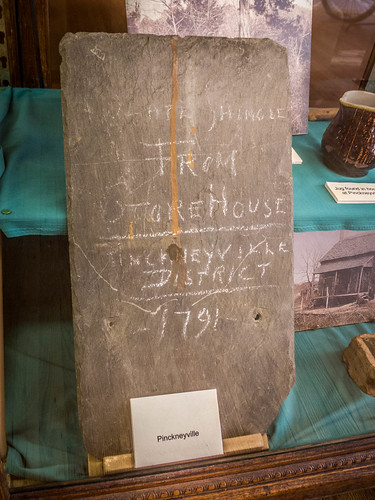





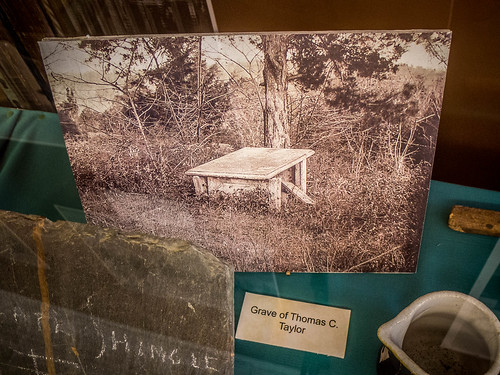


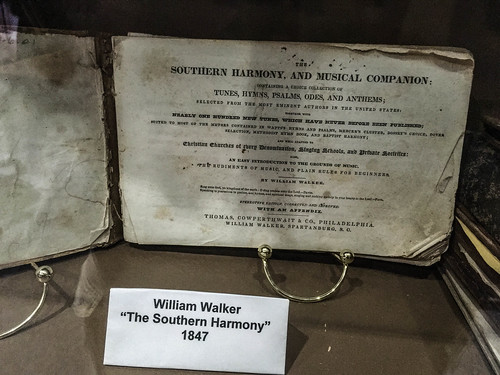


















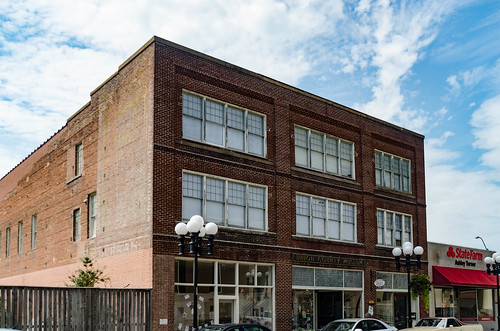

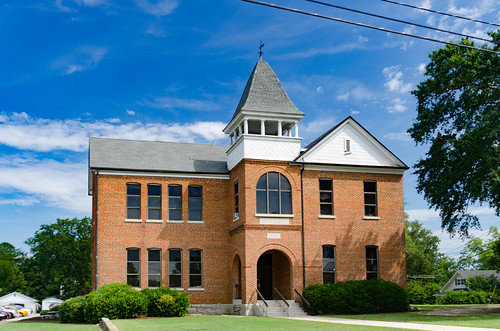
















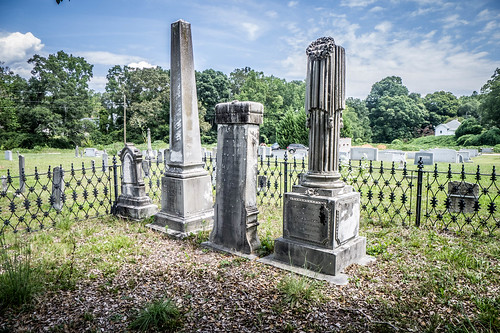
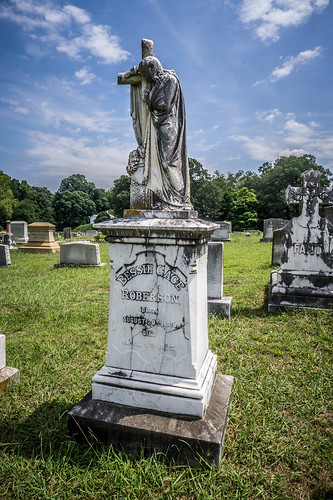

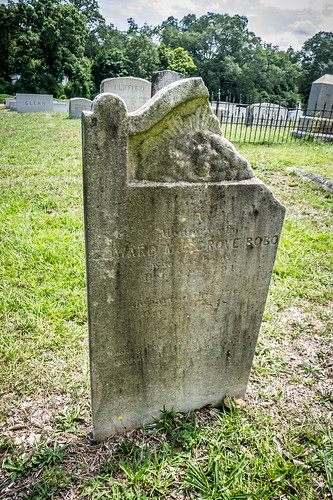


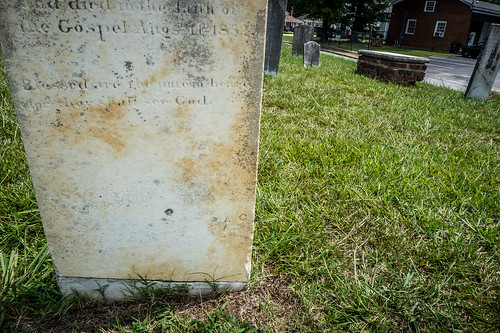
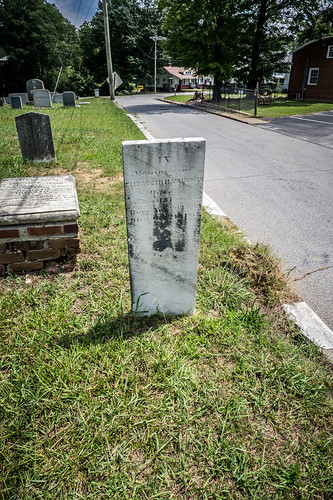
















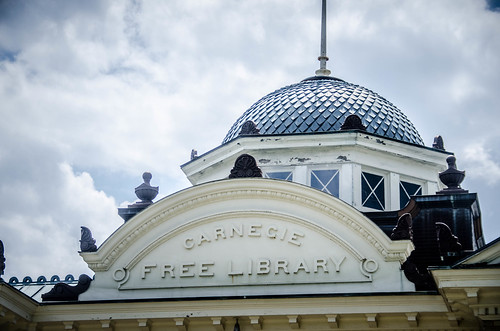
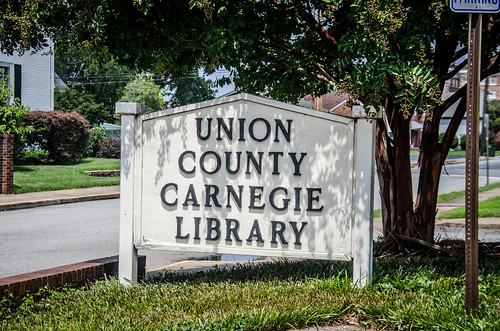



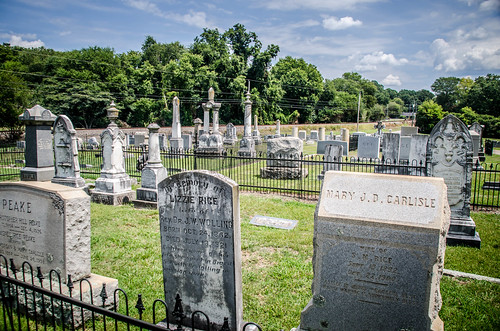


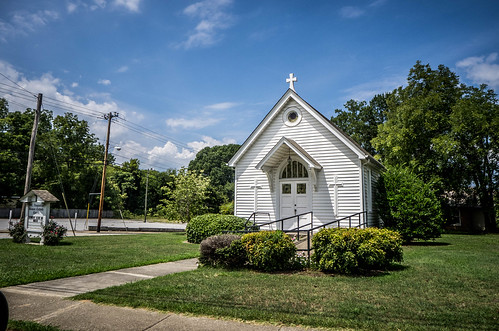














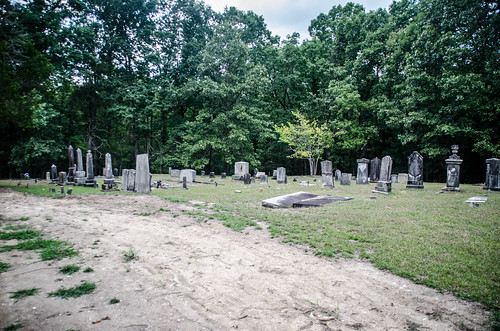





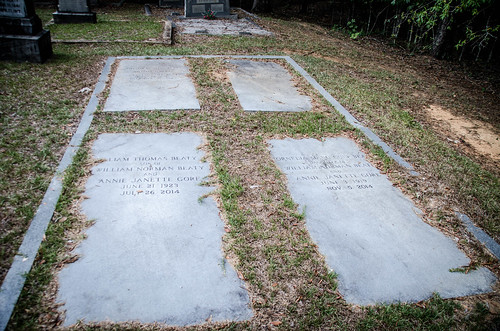









Midaway Barbecue is one of Southern Living’s Top 50.
http://www.southernliving.com/travel/bbq-restaurants
My family gave the land for Mt. Vernon Presbyterian Church and my great grandparents are buried there.
To: Marty McDaniel Brownlow
From: Sherry Blumer Gettys (Nov. 24, 2023)
sabgettys@gmail.com
I just read in some Union County history that your family gave the land for Mt. Vernon Presbyterian Church. My father preached there twice each month from 1965-1971 while he was the minister at First Presbyterian in Union. My mother played the little organ for those afternoon services. There were five children in my family and usually several of us attended the services, too. There were only few people who were there each time and I do believe that some of them were known to us as “the McDaniel sisters”. Are you related to those nice ladies? sabgettys@gmail.com